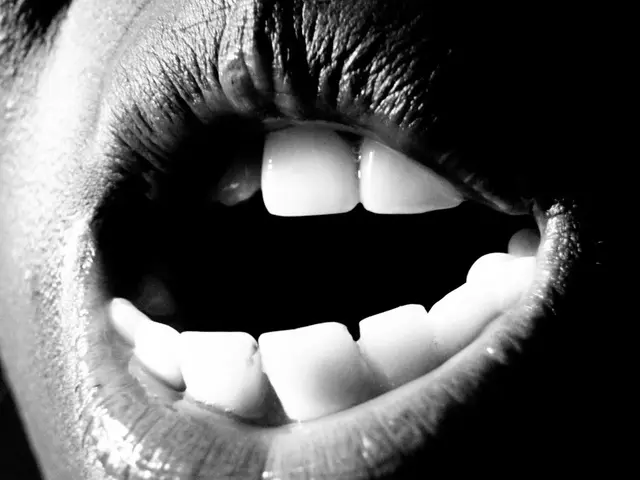Symptoms Indicating a Manic Phase: Recognizing Manic Episodes
Bipolar disorder, a mental health condition characterized by episodes of mania and depression, affects both children and adults. While the symptoms can vary between individuals, there are several common traits associated with manic episodes.
### Symptoms of Mania
Individuals experiencing mania often display abnormally high energy levels, restlessness, or agitation. Manic episodes can manifest as feelings of extreme happiness, euphoria, or irritability. People may require significantly less sleep without feeling tired, and impulsive decisions, such as spending sprees, risky sexual activities, or making foolish investments, are common.
Grandiosity and an exaggerated sense of self-confidence are typical during manic episodes, along with racing thoughts and high distractibility. In severe cases, mania can include psychotic symptoms like hallucinations or delusions.
### Differences Between Mania and Hypomania
Mania typically lasts more than a week, while hypomania lasts at least four consecutive days but less than a week. Mania often leads to significant impairment in social and occupational functioning and may require hospitalization, whereas hypomania is generally less severe and does not always impair functioning.
### Age Considerations
While the core symptoms of mania are similar across ages, the presentation might differ. Children may exhibit more irritability and less clear-cut euphoria compared to adults. Additionally, children may have more frequent mood swings and mixed episodes where symptoms of mania and depression occur simultaneously.
### Treatment and Help
Treatment for a manic episode may involve psychiatric hospitalization, which may include medications and a calming environment to stabilize symptoms. The first step in treatment is usually the prescription of medications to stabilize symptoms, followed by psychotherapy to help individuals manage their condition.
Help is available for individuals experiencing a mental health crisis. In the United States, people can call or text the 988 Lifeline, chat at 988lifeline.org, or text HOME to the Crisis Text Line. People outside of the United States can find a helpline in their country with Befrienders Worldwide. In an emergency, people can call 911 or their local emergency services number.
It's important to note that mania can lead to hospitalization, financial complications due to impulsive actions, disrupted social activities, changes in school performance, and difficulty maintaining a stable home life.
Bipolar disorder is classified into two categories: Bipolar I disorder and Bipolar II disorder, based on the severity of manic symptoms and their duration. Bipolar I disorder involves at least one manic episode lasting 7 days or more, or severe enough to require hospitalization. Bipolar II disorder involves less severe manic symptoms, called hypomania.
Mania is a phase of bipolar disorder characterized by high energy levels, racing thoughts, and difficulty concentrating. Mania symptoms may overlap with symptoms of other behavioral or mental health conditions, such as ADHD or conduct disorders.
Anyone experiencing manic symptoms or suspecting they have bipolar disorder needs medical attention. Immediate help should be sought if someone with bipolar mania symptoms expresses thoughts of suicide or self-harm. A diagnosis of bipolar disorder should be sought if a child or teenager exhibits symptoms of mania.
- To ensure the overall health and wellness of children affected by bipolar disorder, it's essential to consider factors such as nutrition, sleep, and fitness-and-exercise as part of their treatment plan.
- Science plays a crucial role in understanding the causes and effects of manic episodes in children with bipolar disorder, contributing to the development of effective supplements that can help manage symptoms.
- Monitoring the mental health of children with bipolar disorder and managing their manic episodes requires a combination of medical treatments, such as medication, and therapy designed to improve their coping mechanisms and enhancing their overall health and fitness-and-exercise routines.
- Early intervention and support for children with bipolar disorder can help mitigate the potential negative consequences on their academic performance, social interactions, and overall life quality, emphasizing the importance of addressing this health condition promptly and effectively.






